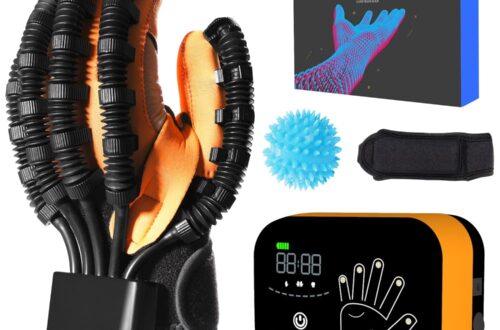When we think of strength and sensation in our bodies, we often take for granted the seamless coordination and balance between both sides. However, when something as critical as a stroke intervenes, this balance can be disrupted, manifesting as unilateral weakness or numbness. This article dives deep into the nuances of these symptoms, particularly in women, shedding light on their significance, recognition, and the urgency they command in stroke awareness and response.
The Significance of Unilateral Weakness or Numbness
Unilateral weakness or numbness, the loss of strength or sensation on one side of the body, is a telltale sign of a stroke. It starkly represents the way a stroke affects the brain’s ability to communicate with the rest of the body. Understanding this symptom is crucial because it often serves as a clear indicator that a stroke is occurring, demanding immediate medical attention.
Recognizing the Symptom
For many women, the first sign of unilateral weakness or numbness can come unexpectedly. It might be a sudden inability to grasp a cup of coffee firmly with one hand or a noticeable difference in the feeling between one arm and the other. Sometimes, it’s a leg that doesn’t seem to support weight as it used to, making walking or even standing feel strangely difficult.
These symptoms can vary widely in their presentation. Some might experience a profound loss of strength, making it impossible to lift a limb, while others might notice a subtler difference, such as a slight drag in one foot. Numbness, too, can range from a complete lack of sensation to a tingling akin to the limb “falling asleep.”
The Gender-Specific Lens
Research indicates that stroke symptoms can manifest differently in women than in men, with women sometimes experiencing more non-traditional symptoms. This variation underscores the importance of recognizing unilateral weakness or numbness as a critical symptom. For women, these signs may be accompanied by or mistaken for other conditions, making awareness all the more crucial.
The Anatomy of a Stroke
To understand why unilateral weakness or numbness occurs, it’s helpful to know a bit about the brain’s structure and function. The brain is divided into two halves, each controlling the opposite side of the body. When a stroke occurs in one hemisphere, it affects the body’s opposite side, leading to the unilateral symptoms we observe.
When to Take Action
The moment you or someone around you experiences these symptoms, it’s time to act. The acronym FAST (Face drooping, Arm weakness, Speech difficulties, Time to call emergency services) includes arm weakness as a key indicator for a reason. It’s a clear sign that the brain might be experiencing a critical issue, such as a stroke.
The Importance of Time
In the context of a stroke, time is of the essence. The sooner a stroke is treated, the better the chances of minimizing long-term damage. This urgency makes recognizing symptoms like unilateral weakness or numbness critical. Delaying can result in a greater loss of brain function.
Empowering Women with Knowledge
Empowerment comes through knowledge. By understanding the significance of unilateral weakness or numbness and how to recognize it, women can be better prepared to act swiftly in the event of a stroke. This knowledge also empowers women to advocate for their health and the health of those around them.
Creating a Supportive Environment
Awareness doesn’t end with individual knowledge. Creating an environment where women feel supported in expressing health concerns and where symptoms are taken seriously by everyone, from family members to healthcare professionals, is vital. Encouraging open discussions about health symptoms, including those of strokes, can contribute to a more informed and supportive community.
Practical Steps for Recognition and Response
- Be Observant: Pay attention to sudden changes in strength or sensation, especially if they’re limited to one side of the body.
- Conduct Self-Tests: Try lifting both arms or walking a straight line to check for unilateral weakness or balance issues.
- Educate and Share: Spread the word about these symptoms and the importance of quick action in the event of a stroke.
- Know the Numbers: Have emergency services numbers readily available and don’t hesitate to use them if you suspect a stroke.
The Road to Recovery
Recovery from a stroke, including overcoming unilateral weakness or numbness, is a journey. It’s a path that can be made smoother with the right support, resources, and rehabilitation services. Understanding that recovery is possible, and that there are steps one can take to regain strength and sensation, offers hope.
Conclusion: A Call to Awareness and Action
Understanding unilateral weakness or numbness as a stroke symptom is more than an academic exercise; it’s a life-saving knowledge. For women, recognizing the importance of this symptom, knowing how to identify it, and understanding the urgency it demands can make a significant difference in the outcomes of stroke incidents. By empowering ourselves and our communities with this knowledge, we take a critical step toward better health, well-being, and resilience in the face of stroke risks. Together, we can change the narrative around stroke recovery, one informed action at a time.



